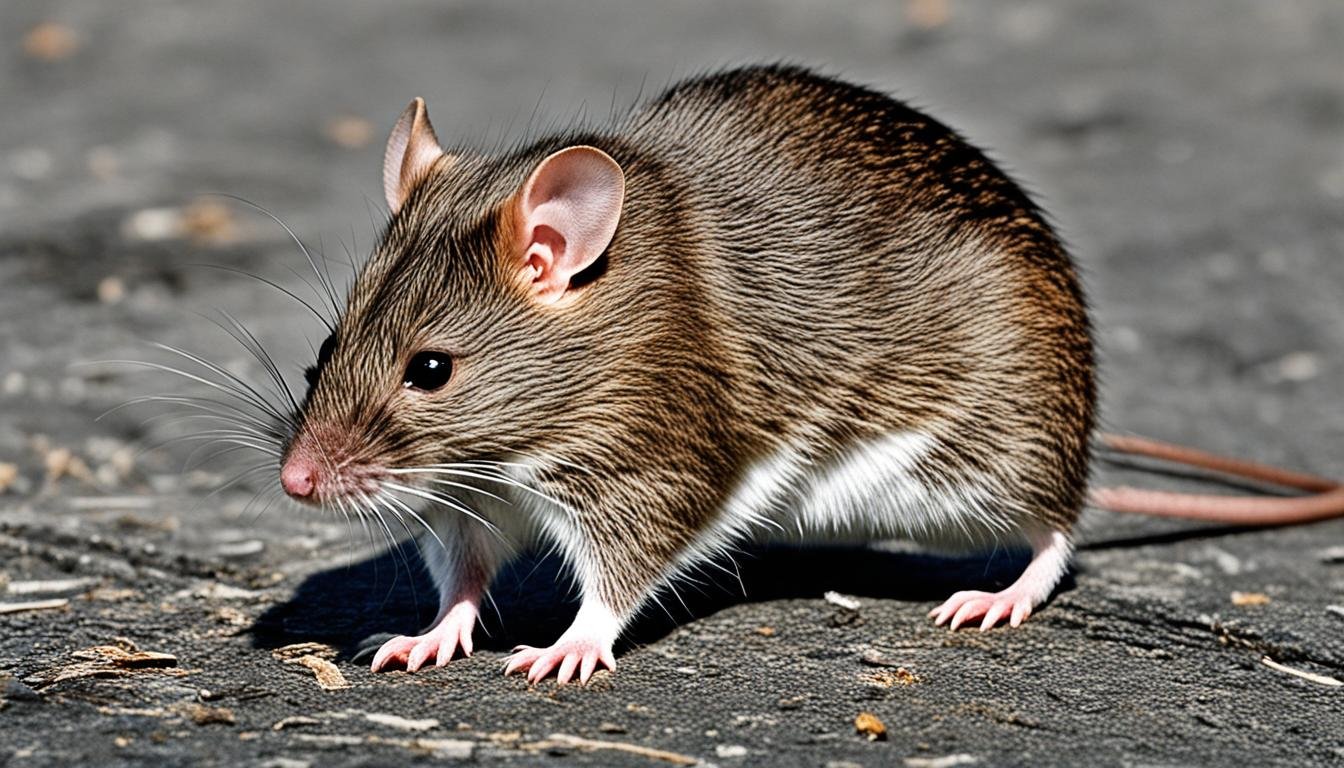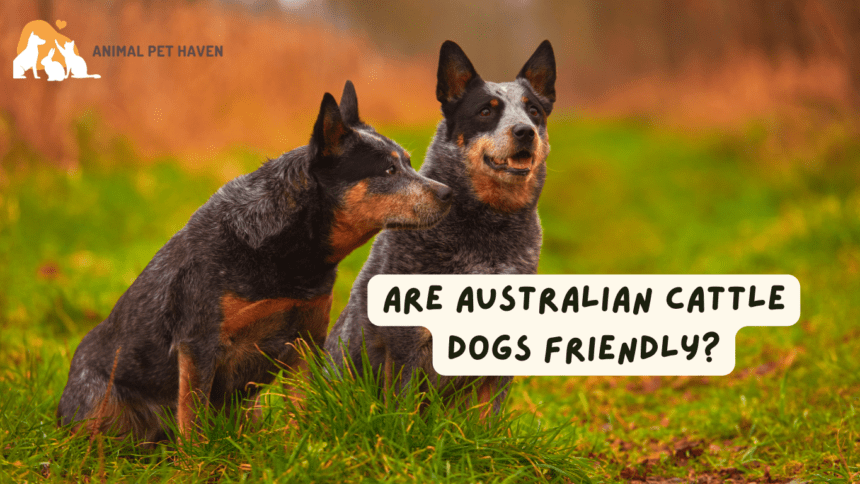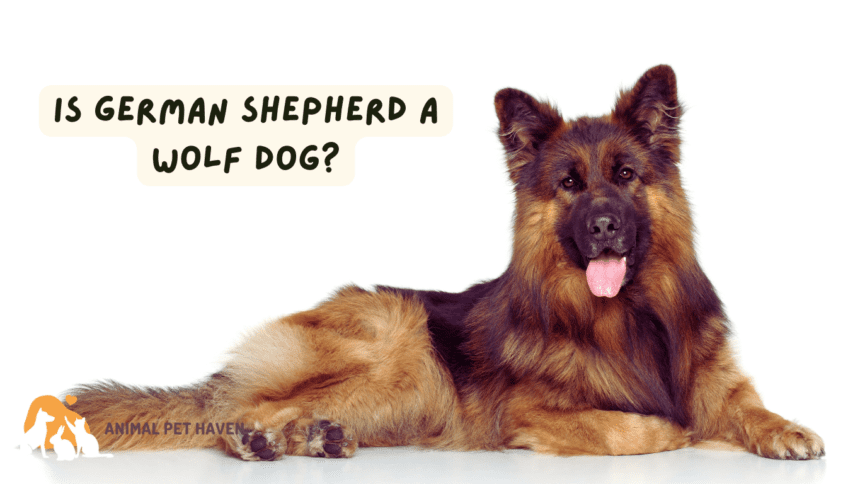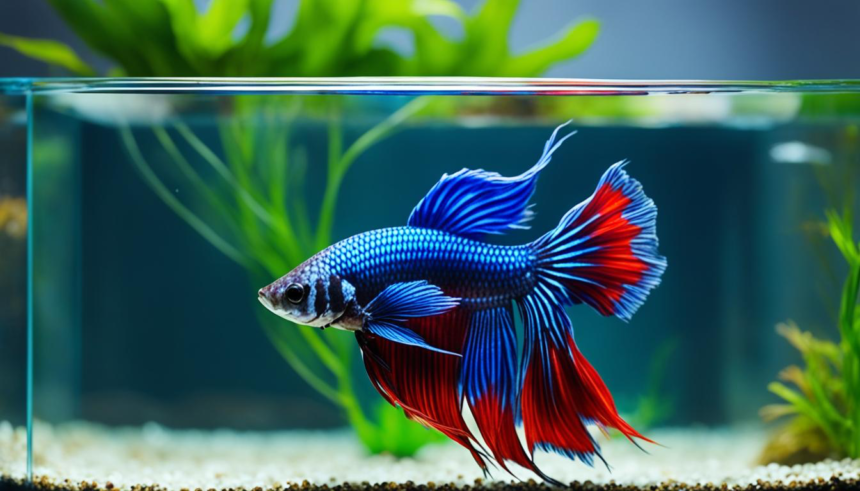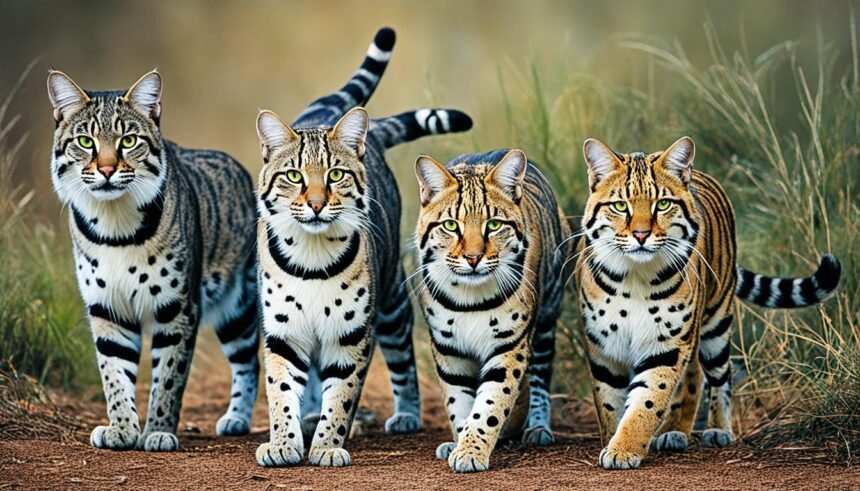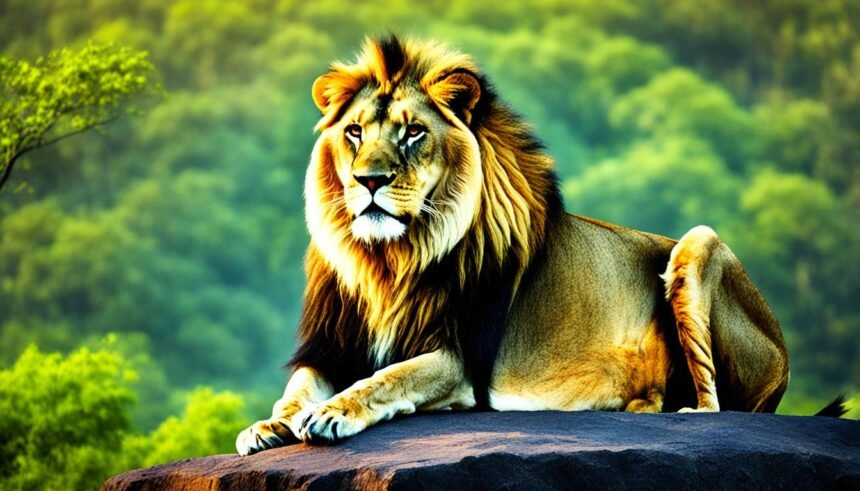The Norwegian rat, or Rattus norvegicus, is well-known in the rodent community. It’s famous for its ability to live near humans and its impact on rat numbers. This rat is very adaptable, which lets it flourish in many places and be a major pest.
Norway rats are tough. Male ones can grow up to 10 inches long and weigh about 1.25 lbs. Female rats are slightly smaller, weighing near 0.75 lbs. Most don’t live past one year due to environmental dangers.
They have incredible breeding capabilities. With up to twelve litters a year and short 21-day pregnancy times, they raise worries about rat overpopulation and how to control them.
Norwegian Rat: Understanding the Rattus norvegicus Species
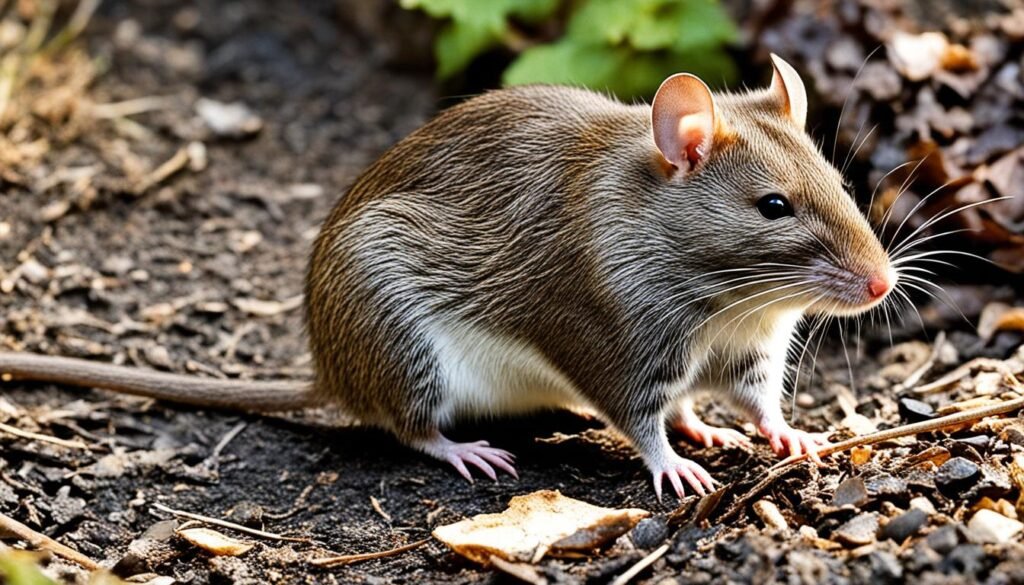
The Norway rat, also known as Rattus norvegicus, is a common sight around the world. It’s big and has a unique fur coat. Their history traces back to when Europeans brought them to North America. This rat’s journey from Asia to everywhere shows its big impact on nature.
Physical Characteristics and Identification of the Norway Rat
Identifying a Norway rat is simple due to its unique traits. Known as the brown, Hanover, wharf, or sewer rat, it’s a sturdy rodent. Males weigh about 1.25 lbs and females weigh about 0.75 lbs. Their fur, which comes in brown or grey, keeps them safe from the elements.
What sets them apart is their long tail, shorter than their body. Unlike muskrats, their tails are scaly and not for swimming. Males are bigger and heavier than females.
Historical Introduction and Geographic Spread
The Norway rat got to North America by accident in the mid-18th century. Once here, they spread far and wide, showing amazing adaptability to different places and climates.
| Characteristic | Data |
|---|---|
| Average Length | Up to 10 inches (25 cm) |
| Adult Male Weight | About 1.25 lbs (~19 oz.) |
| Adult Female Weight | About 0.75 lbs (~12 oz.) |
| Maximum Weight | Up to 2 lbs |
| Lifespan | Typically less than one year, maximum three years |
| Reproductive Rate | Up to twelve litters annually per female |
| Recovery after Population Control | Reproductive rate increases to restore populations |
| Lab Use Prevalence | 13.9% of all research animals in Europe |
Despite its name, the Norway rat originally comes from Asia. It has a long history, diverging from other species about 620,000 years ago. By the 14th century, they were in Europe, shown by archaeological finds.
This rat lives nearly everywhere, except the coldest places. Despite efforts to control them, they keep thriving. Their ability to adapt is why they’re key in ecosystems, research, and understanding pest control.
Habitat and Social Behavior of Norway Rats
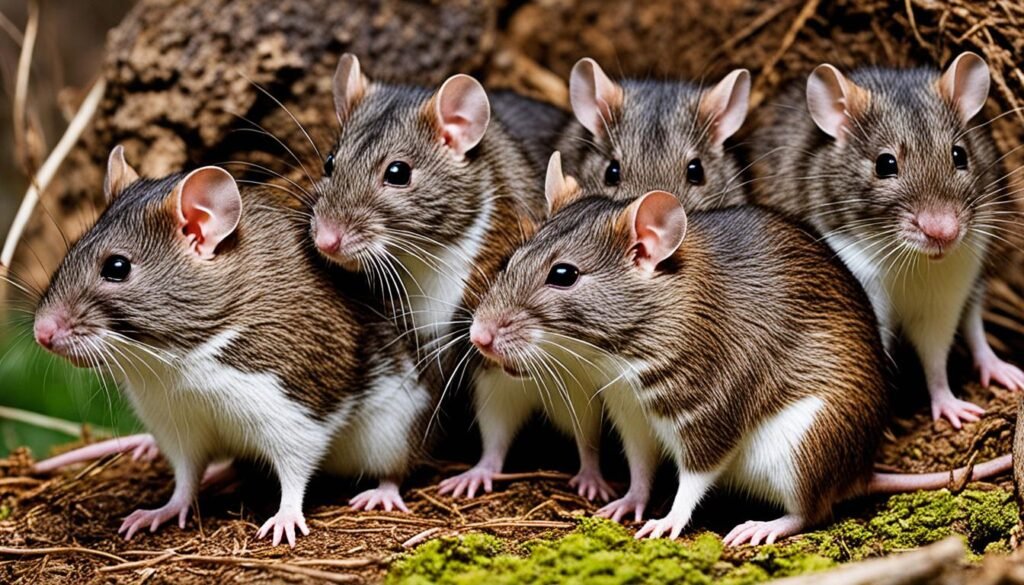
Norway rats make their homes in hidden spots, burrowing in places we seldom notice. They form large groups under cities, creating complex societies. By studying their world, we learn about their social structure and how they react to our actions.
Preferred Living Environments and Nesting Habits
These rats have a social order that decides who gets resources. They live in city spots like sewers and old buildings, safe from predators. Close to our waste, they find plenty to eat.
Social Hierarchy and Survival Strategies
Even when humans try to get rid of them, Norway rats bounce back quickly. This is due to their high birth rates. This shows we need to rethink how we control their numbers, using a more complete approach.
| Characteristic | Norway Rat | Comparison Species |
|---|---|---|
| Adult Weight | 0.75 lbs (Females) – 1.25 lbs (Males) | Muskrat: 2 – 4 lbs |
| Body Length | Up to 10 inches | Muskrat: 10 – 14 inches |
| Lifespan | Typically <1 year, max 3 years | Muskrat: data not provided |
| Reproductive Rate | Can have 3-5 litters/year, 7-8 pups/litter | Global urban rat populations increased 15-20% over past decade |
| Diet | Omnivorous, prefers plants and animals | Muskrat: data not provided |
To manage urban rat populations effectively, we must understand Norway rats’ social and adaptive behaviors. Overlooking their social structure and resilience means our control efforts might not work. Despite our efforts, these smart rodents continue to thrive in cities.
Feeding Habits and Dietary Preferences of Rattus norvegicus
Understanding the diet of Rattus norvegicus is crucial for keeping their numbers in check and protecting nature. These rats eat a wide variety of foods since they’re not picky. They can adapt to many environments, eating things from cereal grains to meats, and fish along shores.
Norway rats prefer a nutritionally balanced diet when they can choose. This flexibility in their diet has big environmental effects. For instance, studies using stable isotopes show how their eating habits can change local ecosystems, especially on islands with many seabirds.
Scientists have studied the foraging of Rattus rattus too, to see their effects on environments. These studies stress the need to control invasive rat populations to protect native animals and plants. In places like Mauritius, Seychelles, and New Zealand, efforts to get rid of rats have been effective. They have helped local birds thrive again.
It’s clear that we need ongoing research and action against invasive rats. Understanding their eating habits helps us figure out how they survive and multiply in new areas. Good eradication plans are crucial. They should include risk assessments to help save native ecosystems from these invasive rodents. Studies on what baits they prefer and creating tools to detect and manage invasions are key to protecting biodiversity.
- Stable isotopes reveal dietary preferences.
- Foraging behavior studies across different habitats inform control measures.
- Eradication strategies show success in seabird habitat recovery projects.
- Dietary analysis assists in understanding invasive species’ impact on local ecosystems.
While Norway rats aren’t fussy and eat lots, their ability to maintain a nutritionally balanced diet is vital for their survival and spread. Continued research and preservation work are crucial to lessen the ecological damage caused by these resilient rodent invaders.
Reproduction: The Prolific Breeding of norwegian rat, norway rat, Rattus norvegicus
To manage Norway rats well, we need to know how they reproduce. Female rats are key in increasing rat numbers. They have many babies, which makes rat populations grow fast. This shows why we need good rat control plans.
Gestation and Litter Information
Female Norway rats are pregnant for about 21 to 24 days. They can have 6 to 12 babies in one litter. They might have up to six litters a year. This high birth rate makes their numbers grow quickly. Even in tough places like Moturemu island in New Zealand, they still thrive.
Survival and Growth of Juveniles
Young rats grow up fast after they are born. They can take care of themselves in a month. By three months, they’re ready to have babies too. This is why controlling adult rats is so important. We need to use the right traps and poisons.
We need a good plan to fight rat infestations. It’s not enough to just use bait. We have to block their way in, know what they eat, and stop them safely. With smart control, we can keep their numbers down. This helps prevent too many rats.
Conclusion
The story of the Norway rat (Rattus norvegicus) is a study of contrasts. These animals cost the U.S. over two billion dollars each year. This is due to damages, destroyed food, and diseases they spread. Yet, they are everywhere, living close to humans. This relationship is expected to grow as more people move to cities by 2030.
Norway rats also help in science, especially in genetics and physiology. They have given us valuable knowledge through their genetic diversity. This improves our understanding of life. Every hour, a new study about them is published around the world. These studies help us see the important roles these rats play.
Interestingly, some Norway rats live with humans as pets. They are also important in research, with over 20 million used in studies each year. This shows their positive side.
Dealing with Norway rats requires careful thought. We need strategies that protect our environment and health but recognize their benefits. It’s about finding a balance. We need solutions that reduce harm from rats but also value their role in nature and science. Their story is complex but it teaches us about living together and being smart in solving problems.
FAQ
What are the key physical characteristics of the Norway rat for identification?
Norway rats have coarse fur that can be dark grey or brown. Their bodies can be up to 10 inches long with a similarly long tail. They have a blunt nose, small ears, and a semi-naked, scaly tail. Unlike muskrats, Norway rats have a heavier build and a different tail that’s not flat or adapted to swimming.
How did Norway rats spread throughout North America?
They came to North America with European settlers around 1775. Their population grew across the country due to their ability to adapt and thrive in various environments.
Where do Norway rats commonly live?
They form large groups and prefer underground homes like burrows and sewers. They pick places close to human homes because they can easily find food, water, and shelter there.
What is the social hierarchy among Norway rats?
In their groups, some Norway rats are dominant and get first pick of resources. Their social order helps them survive, especially when numbers drop. This makes them reproduce more to fill the gaps.
What do Norway rats eat?
These rats eat almost anything, but they love cereal grains, meats, and fish. Given a choice, they prefer fresh, balanced meals.
How often can female Norway rats reproduce, and how many offspring can they have?
Female Norway rats can give birth to many litters each year, up to twelve. They have a lot of babies quickly, sometimes fourteen in one litter, but usually less.
At what age do young Norway rats reach maturity?
Baby Norway rats eat solid food when they’re about 2.5 to 3 weeks old. They become independent by 4 weeks and can start having babies at 3 months. Sometimes, they’re ready even sooner, at 8 weeks.
What are the impacts of Norway rat populations on human environments?
Norway rats can harm crops and animals, spread diseases, and damage properties. But they also help the environment by burrowing and being part of the food chain.

